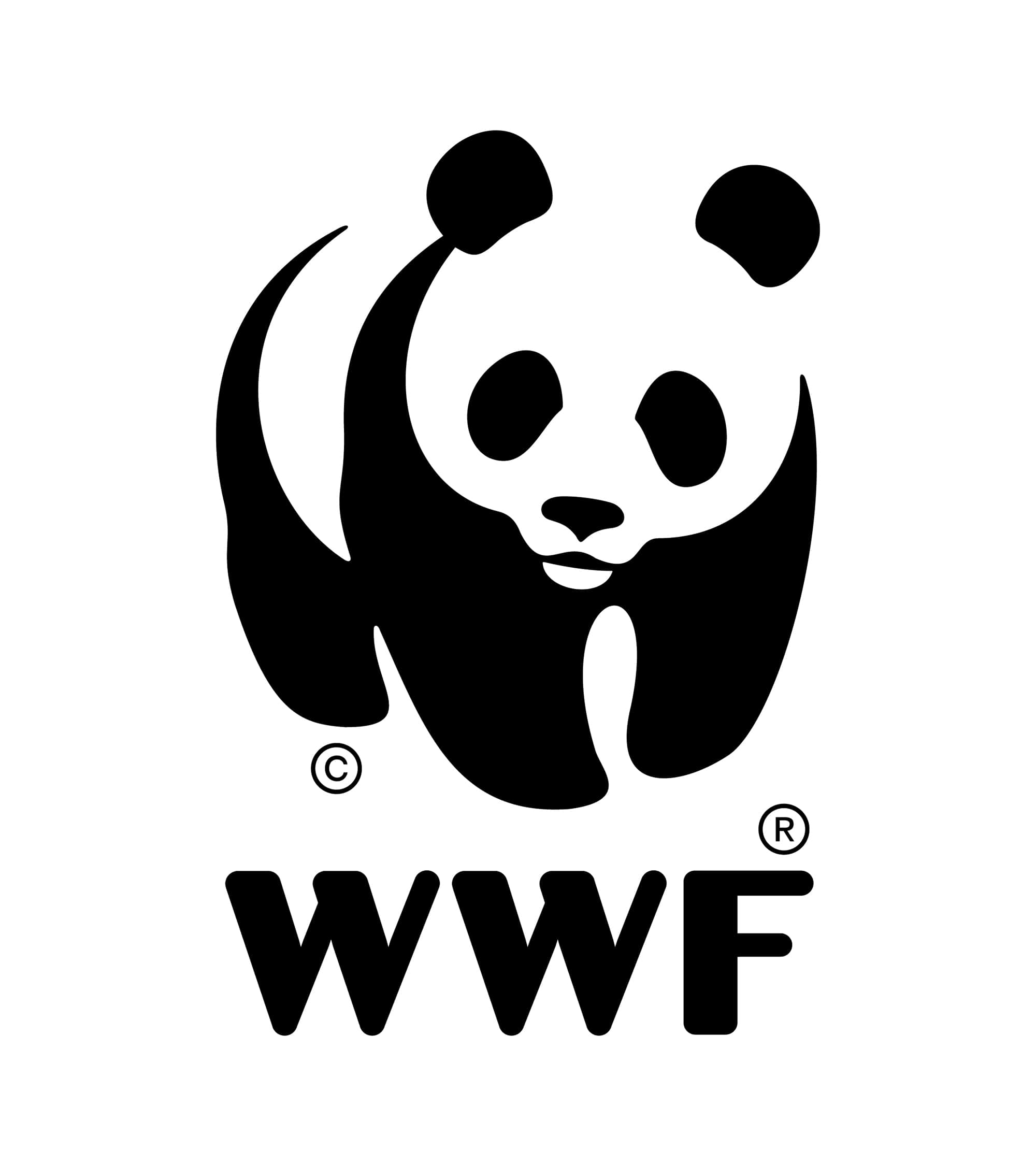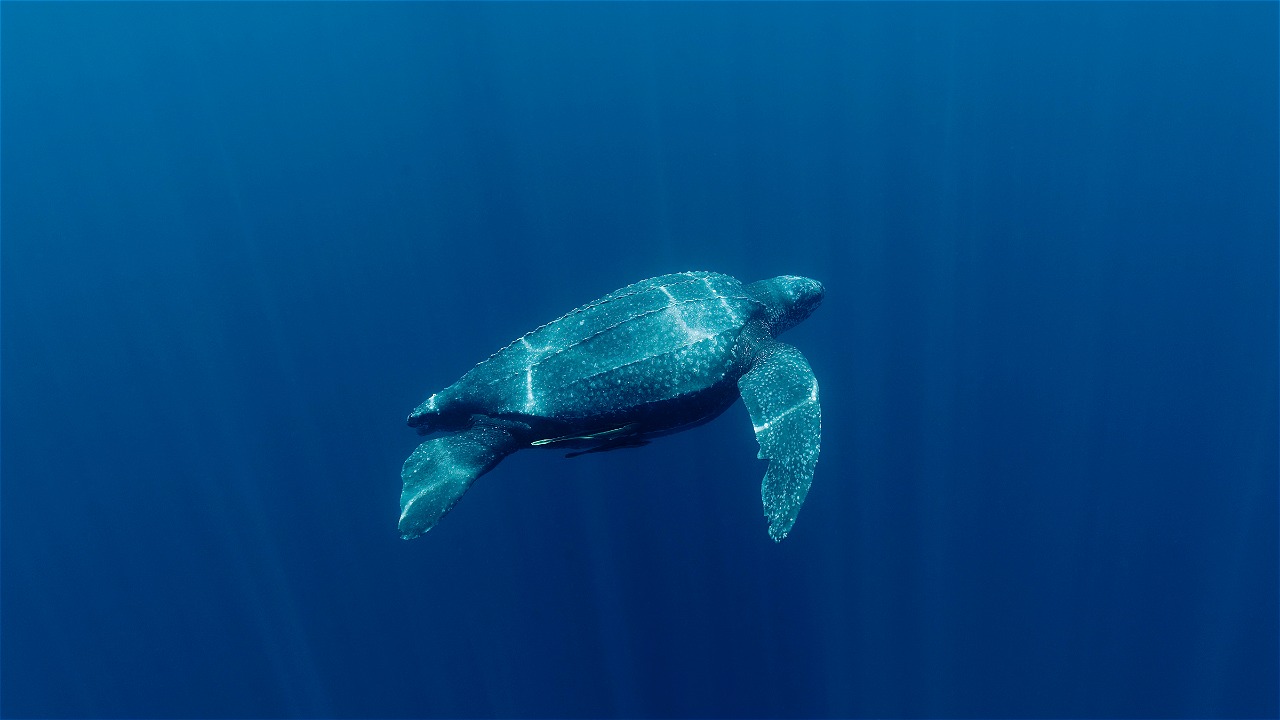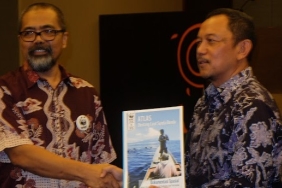TURTLE WAR IN ABUN, TO TACKLE FERAL PREDATION
The northern coast of the Bird's Head range of West Papua province is known as the largest leatherback turtle (Dermochelys coriacea) nesting site in the Pacific region. There are at least two beach locations on the coast chosen by the turtles as nesting sites with the highest nesting rates, namely Jamursba-Medi Beach and Wermon Beach. The beaches are flanked by cliffs, steep plains, seasonal rivers, and estuaries, all of which stretch along 21 km parallel to the Tambrau Mountains on the south side which also stretches from east to west with the dominance of coastal forests and lowland forests with an altitude of 0-100 meters above sea level.
WWF monitoring over the past five years of migration and nesting data shows that nesting activities occur throughout the year in the coastal area, which has been designated as the Abun Regional Marine Conservation Area (KKLD). Green turtles (Chelonia mydas), Olive Ridley turtles (Lepidocheys olivacea), and Hawksbill turtles (Eretmochelys imbricata) are other turtle species that are often found nesting in the same area.
WWF-Indonesia, working with local residents and communities since the early 1990s, has successfully tackled the theft of eggs from nests in the area. However, data also shows that in addition to theft, predation by natural predators such as wild boars has wiped out at least 15 percent of the existing nests per year. Preventing predation of turtle eggs by wild boar remains a homework assignment for conservation staff, community patrol officers, academic partners represented by UNIPA (University of Papua), and the Papua Natural Resources Conservation Center in charge of the Abun area.
The monitoring team and patrol officers in the field recorded a total of 54 leatherback turtle nests that were predated during April - September 2011 out of a total of 2,496 nests recorded, a destruction rate far below the record in 2010 with a total of 2,883 nests which reached a destruction rate of almost 6 times the period. This success is due in no small part to the efforts of field officers choosing strategies from evaluations of successes in previous years.
Determining the Right Strategy
Various strategies were implemented and evaluated by the team, many of which ended in disappointment. Strategies to deter wild boars include planting thorny bushes along forest edges bordering the coast, relocating nests to safer locations, using traps, and using electric fences and bamboo fences around nests. Meanwhile, the use of air rifles and poisons is not carried out because of the high risk to humans and other environments and violates the rules in the Abun sanctuary area. Other methods such as providing wild boar hunting licenses for hobbyists have also been discussed by the Natural Resources Conservation Center (BBKSDA).
Some strategies that have been quite successful include fencing nests, covering nests with woven wire, foot traps with kenur, direct hunting of wild boars using bows and arrows, and the presence of trained patrol officers from local communities who have also been able to reduce the rate of nest destruction by wild boars. The results of boar trapping and hunting can also be used directly by the community as food or sold at the market. Threats from natural predators such as wild boar and monitor lizards currently need to be minimized due to the very low population of leatherback turtles. Other direct threats also come from the climate and weather and the high waves that erode the beach so that the eggs that are immersed can certainly fail to hatch.
So far, officers have been monitoring sea turtles that come up and lay eggs by using a device the size of a rice seed planted in the turtle's body (PIT -Passive Integrated Transporder- Tag), as well as a small metal plate marker clipped to a crease in the front flipper. These tags are very useful for estimating the population of turtles in the abun area as well as obtaining the average number of eggs laid by each individual in each nesting season.
Satellite monitoring of leatherback turtles in Abun is also not something new, but a common method used by researchers and scientists worldwide to obtain data (commonly referred to as telemetry). For example, satellite monitoring of giant white sharks to detect their movements with the aim of avoiding potential conflicts with humans. An international program, Tagging of Pacific Pelagics (TOPP), even uses satellite tags on remotely migratory marine animals (turtles and whales) to collect oceanographic data of the vast Pacific Ocean to ocean depths that are difficult to reach by humans.
By: Hadi Ferdinandus (hferdinandus@wwf.or.id) / Creusa Hitipeuw (chitipeuw@wwf.or.id)





